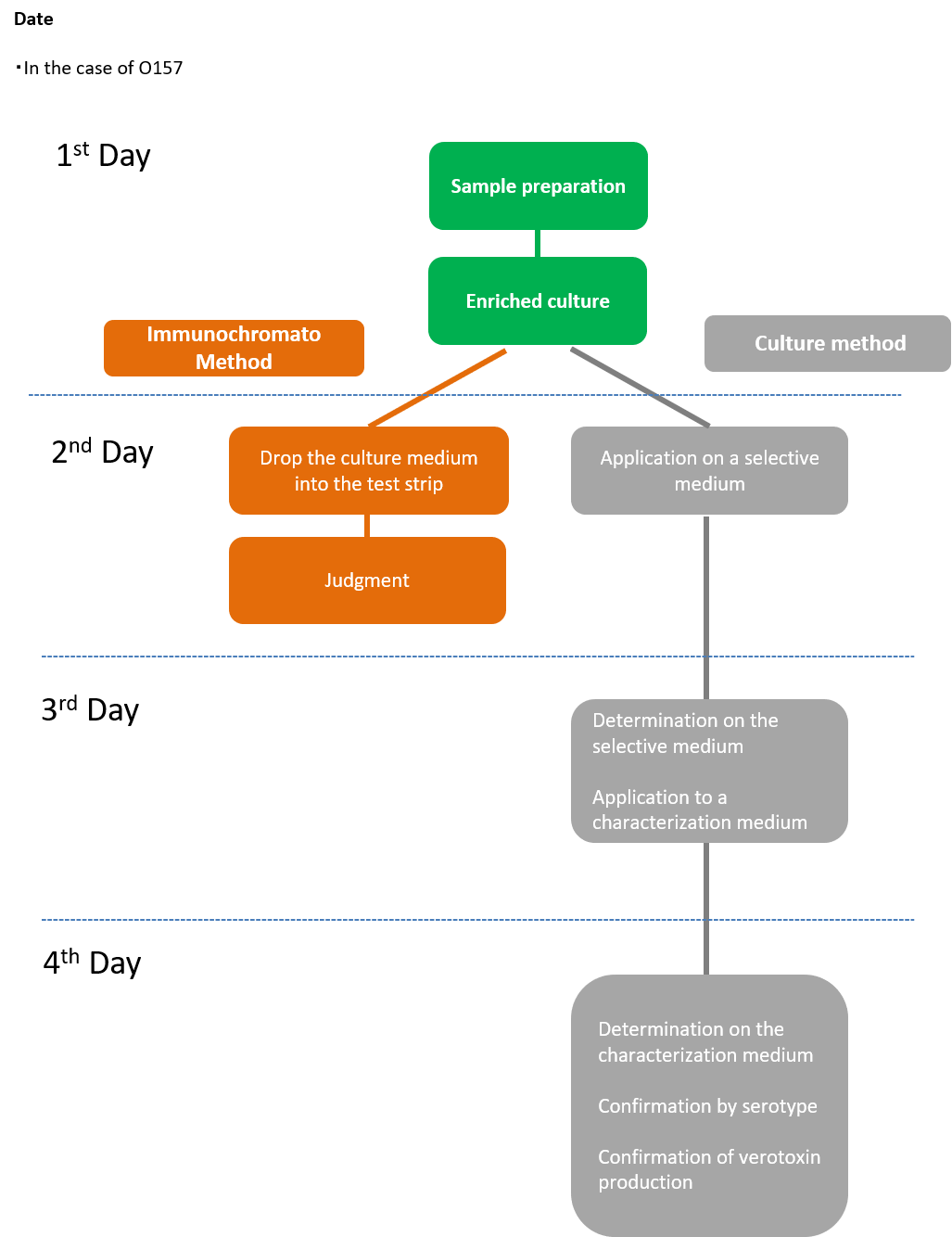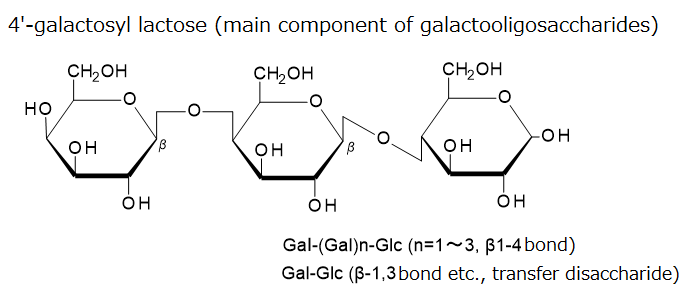Carbs/Sugars
In the food nutrition standard in Japan, carbs are generic term for "carbohydrates excluding carbon fiber" and sugars are generic term for "monosaccharides and disaccharides".
In addition to sugars, carbs include components other than natural fibers that are treated as charcoal compounds, such as tri- or higher saccharides, polysaccharides such as starch, and sugar alcohols.
Some carbs/sugars have not only function as an energy source, but also prebiotic effects such as intestinal regulation, body fat reduction, suppression of blood sugar elevation, non cariogenic, and antioxidative properties.
For example, fructooligosaccharides, which are produced by enzymes with sugar as the raw material, are indigestible oligosaccharides. They are selectively assimilated by useful intestinal bacteria such as bifidobacterium. Therefore, fructooligosaccharides have low cariogenicity and the effects of improving constipation and suppressing intestinal putrefaction.
FUJIFILM Wako provides several types of carbs/sugars for various fields of applications.
Fructooligosaccharides
Fructooligosaccharides are indigestible oligosaccharides that are made from sugar and produced by the action of enzymes. It has a structure in which 2 to 4 molecules of fructose are bound to glucose.
Fructooligosaccharides are selectively assimilated by useful intestinal bacteria such as bifidobacteria, and have low cariogenicity, an effect of improving constipation, and an effect of inhibiting intestinal rot. It is designated as a food for specified insurance.
-
Features
- Intestinal function
It has the effects of improving constipation and suppressing intestinal putrefaction. - Prebiotic effect
It has a prebiotic effect that keeps good bacteria such as bifidobacterium predominant and improves the balance of intestinal flora. Furthermore, when bifidobacteria grows, short-chain fatty acids are produced and the pH in the large intestine decreases. As a result, the solubility of minerals is increased and absorption into cells is promoted. - Low cariogenicity
It is not used for mutans, which is the causative agent of tooth decay. It is selectively assimilated by useful intestinal bacteria such as bifidobacterium. Therefore, it produces almost no insoluble glucan that causes dental plaque, and has the property of being less likely to cause tooth decay. - Improvement of immunity
It has been reported that the expression of the intestinal immunoregulatory marker gene is enhanced and the intestinal immunity is enhanced. - Indigestibility
Since it reaches the large intestine without being digested and absorbed in the human digestive tract, the caloric intake can be reduced and suppresses the blood sugar elevation. - Improvement of lipid metabolism
It has been reported that the expression of a marker gene for improving lipid metabolism is enhanced and blood cholesterol level is lowered.
- Intestinal function

HPLC Analysis
-

-
HPLC
Column : Wakopak® Wakosil 5NH2, 4.6 x 250 mm
(Code No. : 238-57691, 234-57693)Column temperature : 40℃ Eluent : CH3CN : H2O=70 : 30 Flow rate : 1.5 mL/min Detection : RI Injection : 10 mg/mL, 10 μL
Galactooligosaccharides
Galactooligosaccharides are manufactured by reacting lactose contained in milk with β-galactosidase. 4‘-galactosyl lactose is the main component, and oligosaccharides of 2 to 5 sugars are mixed.
It promotes the growth of useful bacteria in the intestine, bifidobacterium, and lactic acid bacteria.
-
Features
- Prebiotic effect
It has a prebiotic effect that keeps good bacteria such as bifidobacterium predominant, and improves the balance of intestinal flora. Furthermore, when bifidobacteria grows, short-chain fatty acids are produced and the pH in the large intestine decreases. As a result, the solubility of minerals is increased and absorption into cells is promoted. - Low cariogenicity
It is not used by mutans, which is the causative agent of tooth decay, but is selectively assimilated by useful intestinal bacteria such as bifidobacteria. Therefore, it produces almost no insoluble glucan that causes dental plaque, and has the property of being less likely to cause tooth decay. - Indigestibility
Since it reaches the large intestine without being digested and absorbed in the human digestive tract, the caloric intake can be reduced. It has about half the calories of sugar. - Improvement of lipid metabolism
It has been reported that the expression of a marker gene for improving lipid metabolism is enhanced and blood cholesterol level is lowered.
- Prebiotic effect

Product List
- Open All
- Close All
For research use or further manufacturing use only. Not for use in diagnostic procedures.
Product content may differ from the actual image due to minor specification changes etc.
If the revision of product standards and packaging standards has been made, there is a case where the actual product specifications and images are different.
The prices are list prices in Japan.Please contact your local distributor for your retail price in your region.



